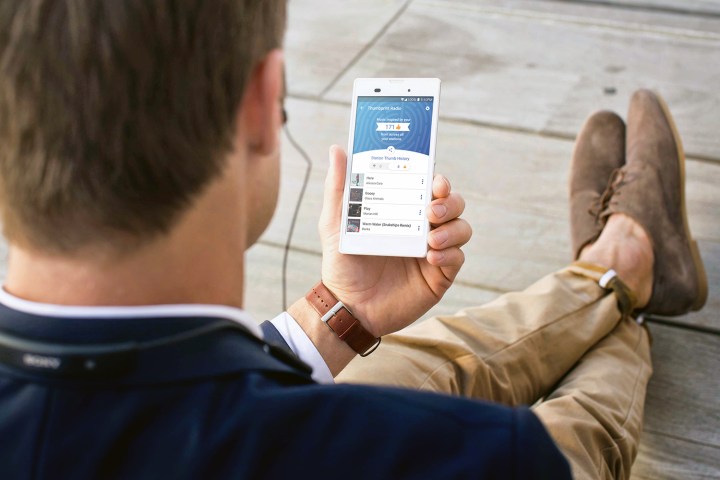
The U.S. Copyright Royalty Board announced Wednesday that non-interactive online streaming services, including Pandora and iHeartRadio, will have to pay 0.17 cents per streamed song in royalties, a 21 percent increase from the previous rate of 0.14 cents per streamed song. This essentially means that expenses for the streamer with more than 79 million users just increased over 20 percent overnight. (Do note that this ruling doesn’t effect on-demand music streamers like Spotify and Apple Music.)
“This is a balanced rate that we can work with and grow from,” said Pandora CEO Brian McAndrews in a statement. “The new rate structure will enable continued investment by Pandora to drive forward a thriving and vibrant future for music.”
The company may not be viewing this entirely as a defeat, as the decision could have been a lot worse for Pandora. Until now, the radio streamer had been paying 0.14 cents per stream and was lobbying to reduce the rate to 0.11 cents per stream. Royalty distributor SoundExchange, which pays labels and artists, wanted to raise the rate to 0.25 cents per stream.
The CRB decision is certainly a blow to Pandora, though. The company’s CFO Mike Herring recently noted that Pandora paid 40 percent of its revenue to labels. Under the terms of this new decision which goes into effect in 2016, royalty expenditures would be a significantly larger share of the streamer’s revenue.
The increased rate is only for “non-subscription” services, meaning the free, ad-supported version of Pandora. The rate for “subscription” services, the paid ad-free version of the service, is actually decreasing under the new CRB decision (from 0.25 cents per streamed song to 0.22 cents per streamed song).
Even prior to the decision, Pandora realized that it couldn’t focus solely on Internet radio. This fall, the 15-year-old music company made two major acquisitions: ticketing company Ticketfly for $450 million, and the assets of on-demand streamer Rdio for $75 million.


